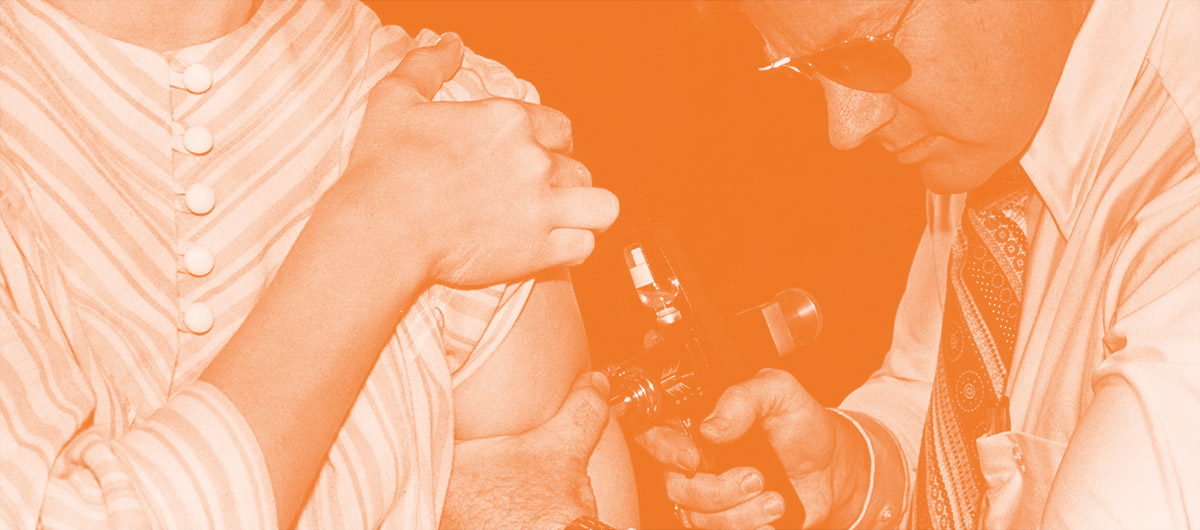
Now is not the time to be subtle.
Fear of the novel coronavirus is as intense as it was this spring. Almost 80 percent of people are afraid they or someone they love will get COVID-19, according to a national consumer survey Jarrard Inc. recently fielded in August.
To be blunt, Americans just don’t feel safe. When we asked how safe they’d feel seeking medical care, the answer was, basically, “Not very.” Whether a doctor’s office, hospital, outpatient surgery center, ER or urgent care center, people rated their feelings of safety no higher than 5.8 on a 10-point scale. (If you’re wondering, urgent care rated the lowest at a 5.0). One in four people rated their feelings of safety at a three or below in our August survey. Not good.
And not much better than the results we received in our first consumer survey back in April.
It seems we have lost some momentum.
Think about it. When providers started reopening services this summer, the entire industry was talking about what people needed to hear from provider organizations. Everyone knew about safety concerns. But what seems to have happened is that too many providers created the safety messages, checked the box, reopened their facilities and said, “We’re good to go.” And with volumes coming back, it seems like it was successful.
Digging deeper, though, that strategy doesn’t appear to have worked. Our August survey asked how long people would wait until seeking various types of medical care. Short answer: Unless they really need it, they’re probably not going to come back for around six months, maybe longer. That’s also no better than in April.
What we need, right now, is a bit of theater.
Theater, not because it’s fake. But because it’s visible, clear, obvious. And it makes you feel something. Because people want to see, hear, smell and feel what you’re doing to keep them safe. We asked people what they need to help them feel safer interacting with healthcare, outside of a major decline in COVID-19 cases or a vaccine. Their top answers were:
- Screening everyone as they enter a medical facility.
- Masks on everyone.
- Enhanced cleaning procedures.
- Isolating COVID-19 cases somewhere else.
In a vacuum, it would be easy to lean back and think it’s okay to stop your entry checkpoints. The CDC says it doesn’t make much of a difference, so why do it? Two reasons.
First, when it comes to healthcare, we know that people don’t seek out information until they need it. People aren’t thinking about the safety messages you put out two months ago. You have to keep those safety messages top of mind. You have to make sure your website and social channels still have information about what you’re doing to keep people safe.
Second, people want to see activity. They want to be a real-time witness to your extensive precautions.
The key point is that there’s a difference between actual safety and how people feel about safety.
Yes, you have to provide safety – this is theater, not a Potemkin village. That means going above and beyond, not stopping at “just enough.” Whether the CDC says temperature checks are effective or not, seeing those checks provides a feeling of safety. So does seeing environmental services wiping down public areas and front desk staff saying, “Here’s a pen that I’ve just sanitized for you.”
Now take a step back. The theater of safety should start even before someone gets to that temperature checkpoint. Providers need to be showing how they’re keeping people safe, so that they feel safer about making an appointment in the first place. That means resisting the urge to demote safety information on your website. Keep it front and center. And the same goes for social media. Proactively share safety measures when people call to schedule an appointment. Even though it’s added work for your scheduling and nursing teams, there’s a lot to be said for continuing those pre-appointment safety calls. In our observation, those brief calls have helped patients realize, “Hey, they’re thinking about me. They’re working to keep me safe.”
All of those things create the theater of safety.
It’s a little cliché in the “consumerism of healthcare” and “patient experience” worlds to point to other customer-facing industries for examples of what healthcare could/should/would be doing. But other industries are creating the theater of safety better than we are. Consider these examples:
- Southwest Airlines is doing a fantastic job. They’ve just informed customers that they’re keeping the middle seat open through at least October 31. When you board a Southwest plane today, you can literally smell the cleanliness.
- Savvy grocery chains like Trader Joe’s have stationed an employee at the store entrance who hands you a cart and says, “This has been sanitized for you.”
- Even actual theaters – movie theaters – are reopening and publishing extensive plans and guidelines. So far, it looks good on paper. The proof will be when we walk in and can enjoy the full two-and-a-half hours of Chris Nolan’s latest masterpiece. (I’ll be there this weekend.)
Know that this can be done – and really must be done. In the end, it’s a great opportunity for healthcare providers to reframe their thinking and keep a good thing going. After all, the show must go on.
Review the full survey resultsSubscribe to Jarrard Insights & News
"*" indicates required fields

